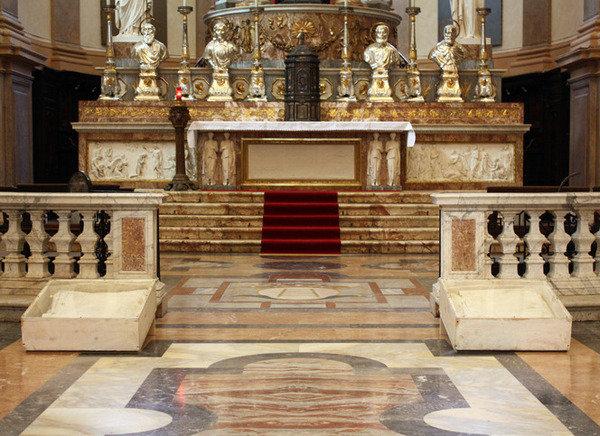The work consists of two boxes Plexiglas, wood and canvas and would like to offer some food for thought and meditation. Lawrence Carroll, Australian artist who has long lived and worked in California and Venice, immersed in the outskirts of urban reality to catch them in all their dramatic contradictions of violence, misery and poverty. Conditions tragically familiar in many American and European cities. The reflection of Carroll takes as its starting point the drama of human existence caught in the ghettos inhabited by marginalized, the dispossessed, the excluded.
The artist collects materials abandoned on the streets, and assemble in an approximate way, after covering them with painted canvas colors emaciated, pale, yellowish and fixed to the frame with metal staples. The poetics of Carroll is therefore based on the reuse of materials.
Collect materials already used and then abandoned to manipulate through the poietic act of artistic creation, it means revive them, give them new life removing them from oblivion, corruption of matter, the inevitability of death. It means looking with confidence things around us because they open to the future. It is an act of generosity.
What seems useless, tragically doomed to decay, a refusal, a gap - seems to show Carroll - can be transformed, given a new life, to acquire new dignity. The object may rise again, reborn, with a gesture of the artist. Can become a witness to an unexpected openness to life.
An object, removed from their world and re-starred, becomes a symbol of waiting for the redemption of all who have a rebirth concrete, real, in this world. Expectation of redemption, resurrection. The very way in which the artist draws up its works refer to a passage from death to life, through a darkness that is waiting for a new light that can make sense of things. As the transition is accomplished through the cross, the triumph of life over death, light over darkness.
The installation of San Fedele focuses on two sheets enclosed in a rectangular box, evoked almost two graves, of which we yet to see the inside. Through the Plexiglas, we recognize the fact sheets are folded. They look like linen, which seem to emerge from a distant time, to appear in today's life. As veneration of relics, offer themselves to our gaze. "Sacred linens." Rather than focus on a narrative desc
The passage from death to resurrection is suggested by simple sheets that seem to have accepted and treasured a body already
risen. How silent prayer, the work of Carroll asked about the mystery. And the mystery is Christ, whose sacrifice of love is prolonged in the redemption of the sufferings of every man, inscribing his tracks in a simple linen, as the memory of the passing of his presence. For in Christ, each of us to live the confidence of a destiny of resurrection.







Comments 0
Say something